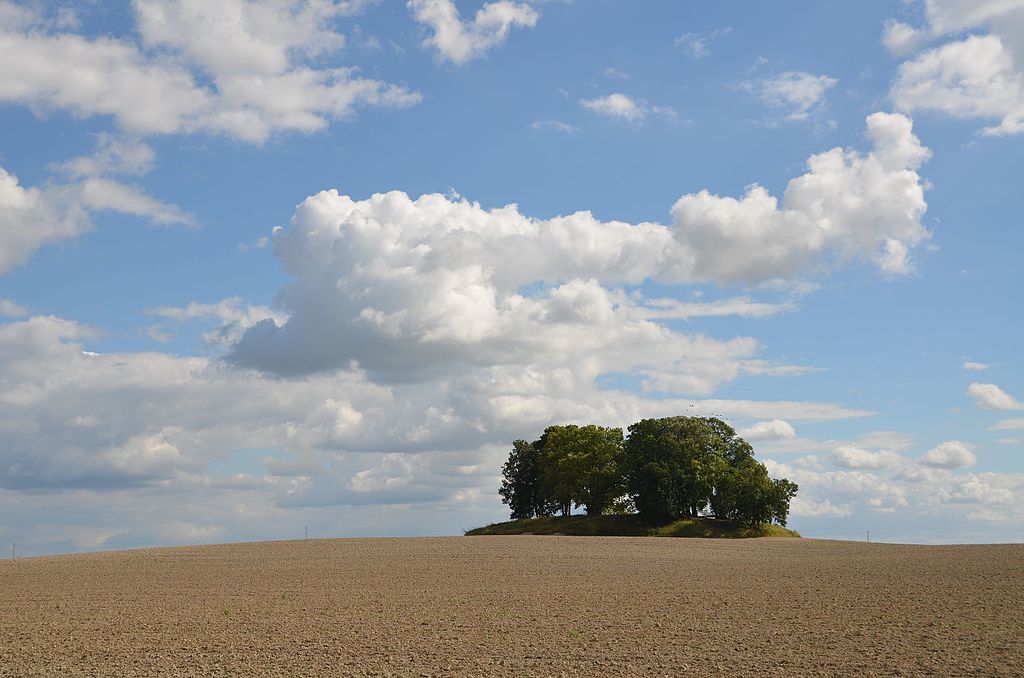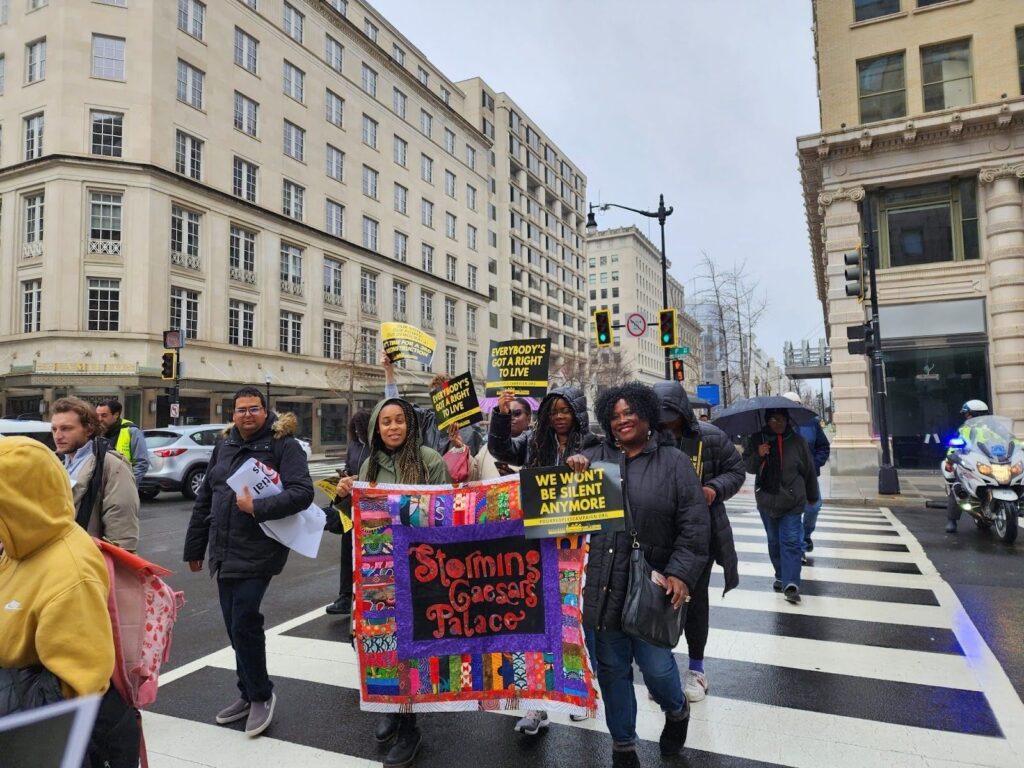Homelessness is not complicated to solve. It is a matter of deciding what kind of communities the public, or those in power, want in a region.
Throughout history and still to this day, those who are unwanted have faced displacement and gentrification. Two different words for the same thing: the movement of one kind of humanoid to make room to accommodate another. I say “accommodate” to be color-neutral.
In Washington, the race riot of 1919 displaced persons of African descent from areas downtown. It seems that all through the 1920s, Black people or African-Americans, as we call them today, were denied resources to sustain their own communities. This was certainly the case with the destruction of Greenwood, Oklahoma, a Tulsa suburb, in 1921. More than 300 Black Americans died during the riot and thousands were left homeless. Both conflicts began after Black men were accused of sexual advances on white women and attention was drawn to them quickly through local newspapers.
Such massive movements of people, often stripped of their resources in the process, created economic segregation for generations to come. While this may not have been the program’s original intent, public housing has become the answer for housing many extremely poor families – especially those experiencing generational poverty. Simultaneously, the United States has been experiencing an overall housing shortage. It begs the question: Why is public housing being demonized and privatized by efforts like the federal Hope IV Department of Housing and Urban Development program and the local New Communities Initiative?
These efforts are painted as attempts to improve conditions in certain neighborhoods that have been in disrepair for decades. The saddening part is that people who will vote for the initiatives this year blame the residents and not the lack accountability from the government for its role in the chaos in communities of color – namely communities of African descent.
For instance, the D.C. court of appeals just heard arguments from residents of the Barry Farm community, a public housing development in Southeast D.C. The residents were appealing a 2014 D.C. Zoning Commission decision that rezoned the Barry Farm land to allow use of medium- and high-density commercial buildings in what is now an open, low-density zone. The brief they filed says that these zoning laws will eventually price people out of the community, which has been all-Black since the Civil War.
Many millennials like myself don’t even know that our local governments at times have acted like we of African descent are the enemy. In Philadelphia in 1985, the city’s mayor, a person of African descent, approved the use of explosives in a residential neighborhood against a group of activists. He turned his back on his own community when he authorized a bomb to be dropped on the house where the activists were holed up. This was after a gun battle, the group was armed and unwavering. But the ensuing fire spread to another 50 or 60 homes. Most of the activists were slain except for one woman and child.
Homelessness is not complex if there are those who are willing to contribute their skills and time into building a community.
These are just some of the reasons that many of the poor are not engaged in any social efforts. They fear for their lives and are weary of a threat they do not know, or even fully identify, for that matter. Even some of the tragedies of the Civil Rights era included money, and the use of allies or people with the same basic genetic makeup as the targeted leader. It is a shame that most of what was started in civil rights has now been labeled as “thuggish” or “gangster” or so-called “ghetto.”
The term ghetto is defined as “part of a city, especially a slum area, occupied by a minority group or groups.” Also as a verb: “put in or restrict to an isolated or segregated area or group.” You see, even a gated community could be a ghetto with a minority group, or an isolated group. We are building ghettos all around us that isolate people into their individual homes, rather than build communities that interact with and rely on each other.
It is heartbreaking to see communities used as scapegoats for crime-fighting initiatives — then, once the crime is down a little and the area becomes more popular, long-time residents who survived extreme acts of desperation feel economic pressure to leave. How can we as a city continue to push people around without investing in them and allowing them to determine their future? Homelessness is an issue that this country could take on. Hopefully, we will all see that we are needed and not continue to throw good people away.








